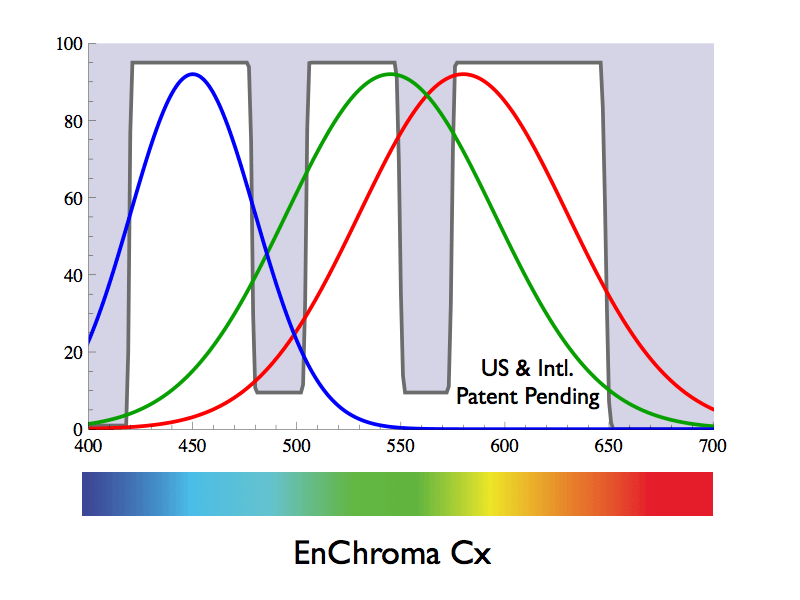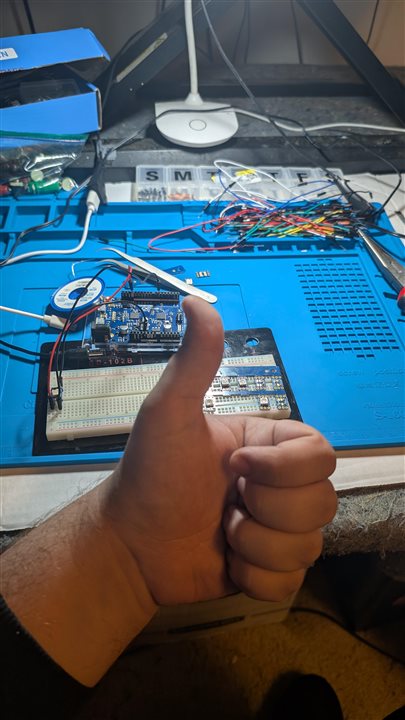I'd like to wrap up my blog entries for this contest on a hopeful note. While I acknowledge I didn't do great with soldering the LEDs and that prevented better progress on the project, along the way I've learned a lot about how RGB LEDs work and their potential applications. I'm looking forward to catching up on reading about all the other projects! I should have spent more time practicing the soldering instead of assuming my prior experience would get me through it.
Thanks to Element 14 and Würth Elektronik for providing the components to use. Everything works fine, I just need more soldering practice before I can realistically move much further except on paper. That said, I have some cool ideas on paper for how to move forward with this project :)
At first I just wanted an RGB flashlight that could do any color (essentially a light box but more portable). But along the way I started wondering about how it might be useful as a colorblindness / color vision deficiency (CVD) assistance device. The RGB LEDs we were sent for the contest are great on their own but I've been wondering if combining them with a few other elements might enable some degree of improved color discernment for users with CVD. In short, this would sort of be like a light bulb version of those Enchroma glasses (see here: https://enchroma.com/pages/how-enchroma-glasses-work)

^ Visible light spectrum with square wave valleys at problematic CVD wavelengths (from Enchroma glasses website)
I'd like to try combining a set of 6 or 7 narrow-band LEDs with various subtractive elements such as gel filters or painted tubes that absorb problematic wavelengths. In theory this could produce output light that has more peaks & valleys of brightness than normal RGB light. While this would sacrifice some color rendering index (CRI), it would have more internal brightness contrast between some colors and their immediate neighbors. The output light spectrum could sort of resemble a comb with many peaks & valleys instead of only 3 from standard RGB. If the LEDs and subtractive elements are carefully chosen and controllable through physical design and software via the Arduino, it could be a handy lamp / work light that can dynamically swap between lighting profiles to improve color discernment for various types of CVD as needed, such as for those with red-green colorblindness vs. yellow-blue.
To be clear, this design would not in any way enable colorblind users to see new colors, but it (theoretically) should create enough brightness contrast changes in whatever wavelengths are desired that some previously indistinguishable colors could go brighter or darker and thus become distinguishable. If this was a work lamp or desk lamp, maybe it could be handy for electronics to see differences in resistor colors better. Or it might have some artistic applications. Who knows!
That's the direction I want to take this project over the coming months. I'll elaborate on theory of how it will work in later posts. Not sure whether to continue posting about this in this forum or somewhere else after the contest ends, but I'll figure that out later.
I wouldn't call my Light Up Your Life project a great success, but it led to a lot of great learning opportunities, some of which I wasn't expecting at all when the contest started. I'm going to continue learning electronics and optics design, and see how far I can take this project. I have no idea how well it'll actually work, but I'm looking forward to finding out.
Thanks for reading, and thanks again to E14 and Würth for supporting contests like these!

